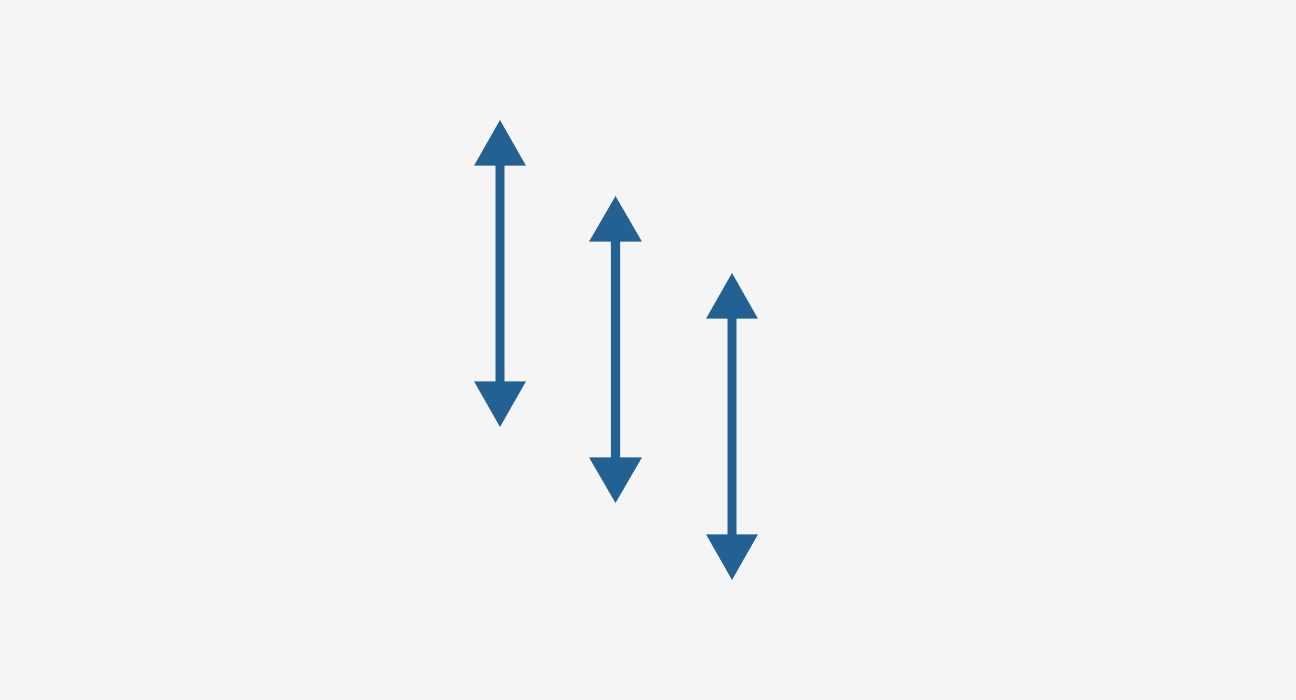Soil moisture sensing—evolved
TEROS sensors are more durable, accurate, easier and faster to install, more consistent, and linked to a powerful, intuitive near-real-time data logging and visualization system.

The ultimate source of all energy on earth is the sun. Availability of this energy to most organisms occurs through photosynthesis, the conversion of CO2 and H2O to carbohydrates (stored energy) and O2. Photosynthesis occurs when pigments in photosynthesizers absorb the energy of photons, initiating a chain of photochemical and chemical events. Where does this energy and material exchange occur? In plant canopies. The amount of photosynthesis that occurs in canopies depends on the amount of photosynthetically active radiation (PAR) intercepted by leaves in canopies.
The rate at which photosynthesis occurs in one leaf might be calculated, but in canopies, leaves function collectively. Extrapolating photosynthesis from individual leaves to entire canopies is complex; the sheer numbers of leaves and their arrangement in the canopy structure can be overwhelming. Leaf area, inclination, and orientation all affect the degree to which light is captured and used in a canopy.
Light varies dramatically both spatially and temporally through canopies. The average light level decreases more or less exponentially downward through the canopy, as the amount of leaf surface encountered increases. For some canopies, the greatest amount of leaf area occurs near the center. Therefore, canopy structure analysis becomes increasingly complex as one proceeds from a single plant to stands of the same plant or to plant communities because of the variety of plants and growth forms.
Absorption of radiation and resulting photosynthesis depend on leaf orientation, sun elevation in the sky, spectral distribution and multiple reflections of light, and the arrangement of leaves. Patterns of light and shaded areas can be complicated and change with the sun’s position. In addition, seasonality of foliage can result in fairly small canopy interceptance of PAR for much of the year. PAR also might be intercepted by non-photosynthetic parts of plants (bark, flowers, etc).
Leaf display (angular orientation) affects light interception. Strictly vertical or horizontally-oriented leaves are extreme cases, but a large range of angles occurs. Vertical leaves absorb less radiation when the sun is at a high angle and more radiation when the sun is at a low angle; the converse is true for horizontal leaves. The greatest photosynthetic capacity can be achieved by a change from nearly-vertical to nearly-horizontal leaves lower down. This arrangement leads to effective beam penetration and a more even distribution of light.
Leaf area index (LAI), a measure of the foliage in a canopy, is the canopy property that has the most effect on interception of radiation. LAI usually ranges between 1 and 12. Values of 3 to 4 are typical for horizontal-leafed species such as alfalfa; values of 5 to 10 occur in vertical-leafed species such as grasses and cereals or in plants with highly clumped leaves, such as spruce. The highest LAIs usually occur in coniferous forests, which have overlapping generations of leaves. These forests have a photosynthetic advantage due to the longevity of individual needles.
Variability of leaf distribution in canopies results in wide variations of light. To determine light at any height in the canopy, PAR must be measured at a number of locations and then averaged. Direct methods of measurement include using the horizontal-line sensors whose output is the spatial average over the sensor length. The appropriate sensor length or number of sampling points depends on plant spacing. METER’s ACCUPAR LP-80 has an array of 80 photodiodes on a probe that can either measure average PAR or PAR along specific segments of the probe.
Indirect methods for measuring canopy structure rely on the fact that canopy structure and solar position determine the radiation within the canopy. Because it’s hard to measure three-dimensional distribution of leaves in a canopy, models for light interception and tree growth often assume random distribution throughout the canopy; however, leaves are generally aggregated or grouped.
The ability to measure PAR assists with understanding the unique spatial patterns that different plants have for displaying photosynthetic surfaces. Since effective use of PAR influences plant production, knowledge of the structural diversity of canopies aids research on plant productivity. One result: researchers can use information about different plants’ abilities to intercept and use PAR to engineer canopy structure modifications that significantly improve crop yield.
Our scientists have decades of experience helping researchers and growers measure the soil-plant-atmosphere continuum.
Learn more about canopy measurement in the video below. Dr. Steve Garrity discusses Leaf Area Index (LAI). Topics covered include the theory behind the measurement, direct and indirect methods, variability among those methods, things to consider when choosing a method, and applications of LAI.
Learn more about measuring canopy. Get everything you need to know about measuring leaf area index, all in one place.
Download the “Researcher’s complete guide to leaf area index (LAI)
TEROS sensors are more durable, accurate, easier and faster to install, more consistent, and linked to a powerful, intuitive near-real-time data logging and visualization system.
Water potential is a better indicator of plant available water than water content, but in most situations it’s useful to combine the data from both sensors.
Dr. Gaylon Campbell, world-renowned soil physicist, teaches what you need to know for simple models of soil water processes.

Receive the latest content on a regular basis.